The wine regions of South Africa provide the perfect mix of history, culture, and some of the world’s best vintages, rivaling those of France and California. From the historic estates of Stellenbosch to the quaint streets of Franschhoek, the Cape Winelands present an unforgettable journey through some of the world’s most breathtaking wine country.
These are tips that any wine enthusiast or simple holidaymaker needs to get the most out of their South African wine experience. The old-world charm blended with modern innovation makes this a unique experience compared to any other wine destination.
Best Time to Visit
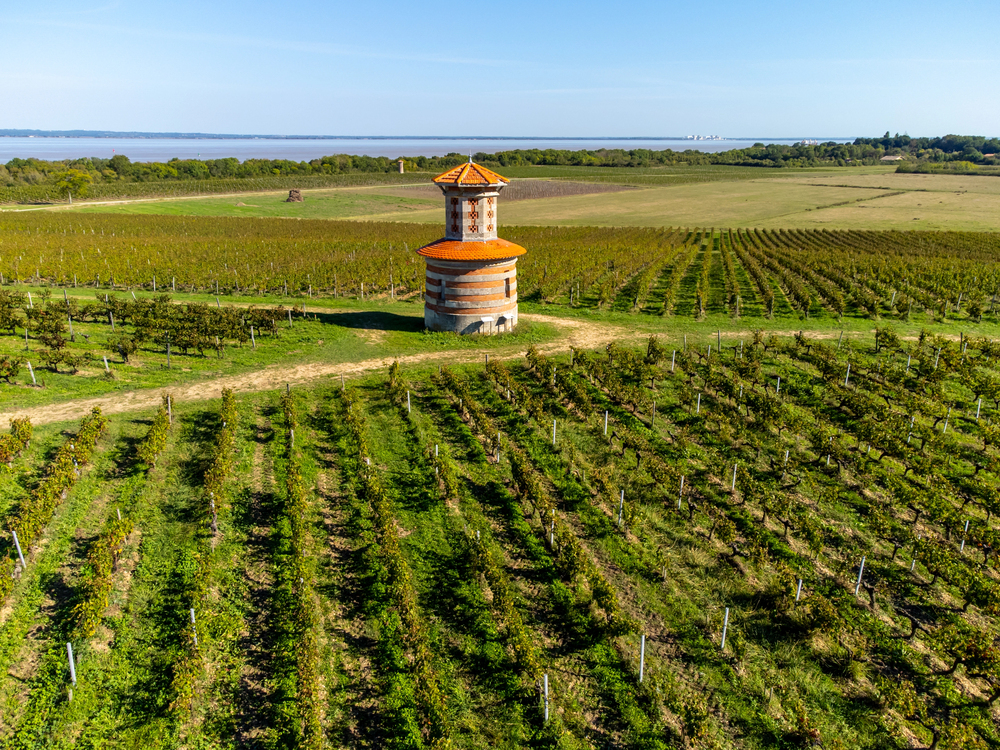
The Mediterranean climate of the Western Cape allows wine tasting throughout the year. It’s a better time between September and March. Summer months from December through February ensure dry, warm conditions with outdoor tastings and vineyard tours.
The pick is in between late January and March, providing an opportunity to witness the wine-making process firsthand. Cozy fireside tastings amidst spectacular green landscapes dotted with snow-capped mountains are ensured through visits during June and August
Transportation Tips
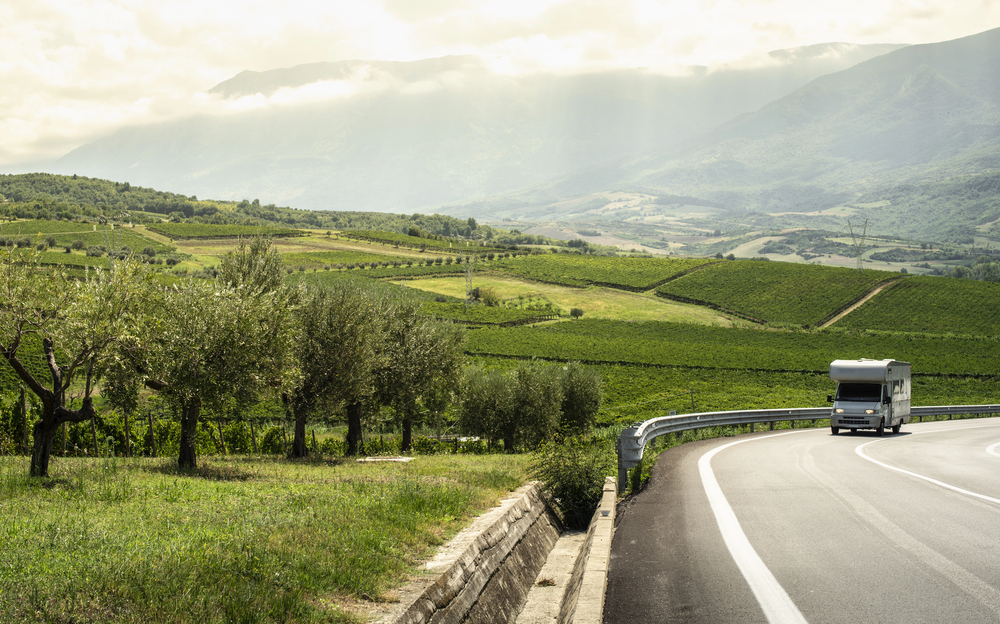
Most wine estates are within 45 miles of Cape Town, making the region easily accessible by car. Consider hiring a professional driver or joining an organized tour to enjoy worry-free tastings. Many estates require reservations, especially during peak season, so plan your transportation accordingly.
The well-maintained roads connecting major wine regions make self-driving a viable option for those comfortable with left-side driving. Local shuttle services between major towns provide an economical alternative for flexible exploration.
Like Travel Pug’s content? Follow us on MSN.
Stellenbosch Essentials
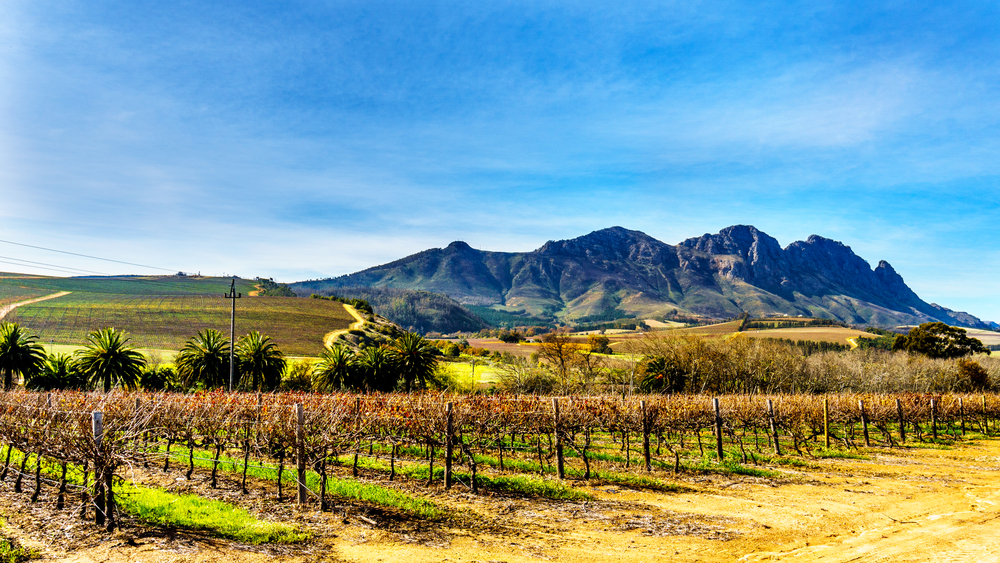
Stellenbosch, the country’s oldest wine route, features over 150 wineries among dramatic mountain landscapes. The historic university town serves as an ideal base for exploring nearby estates.
Local tasting rooms typically open from 10 AM to 5 PM, with some premium venues requiring bookings. The oak-lined streets and Cape Dutch architecture provide a picturesque backdrop for wine-country adventures. Walking tours of the historic district offer insights into the region’s rich viticultural heritage.
Franschhoek Highlights
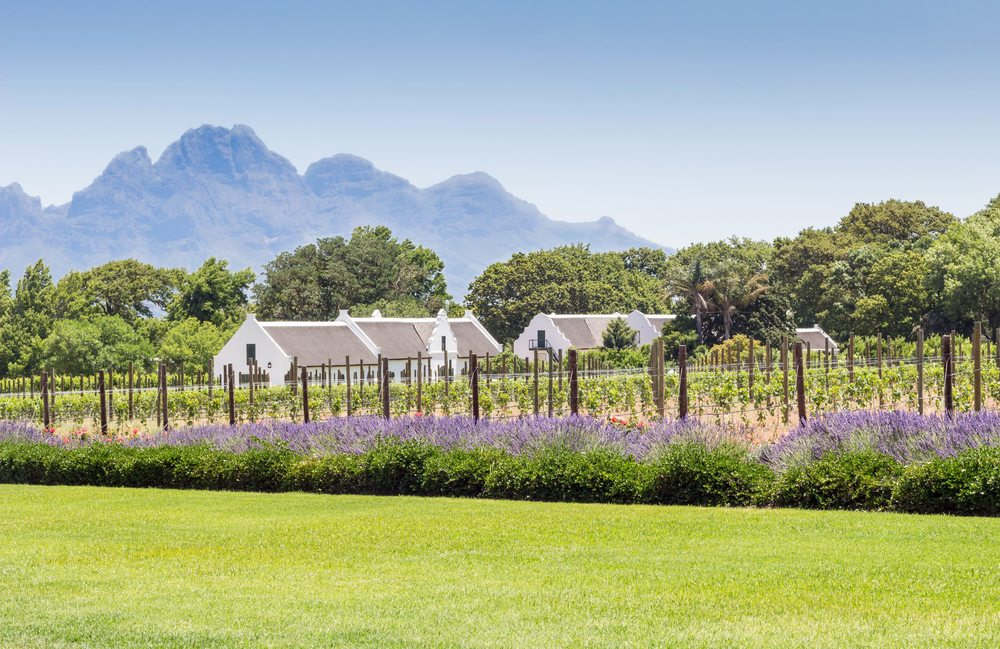
Known as ‘South Africa’s food and wine capital,’ Franschhoek’s French Huguenot heritage shines through its architecture and culinary scene. The wine tram offers a hop-on-hop-off experience connecting multiple estates.
Most restaurants require dinner reservations, especially at acclaimed wine estate venues. The valley’s dramatic mountain backdrop creates perfect conditions for cool-climate wines, particularly the region’s outstanding Méthode Cap Classique sparkling wines.
Accommodation Choices
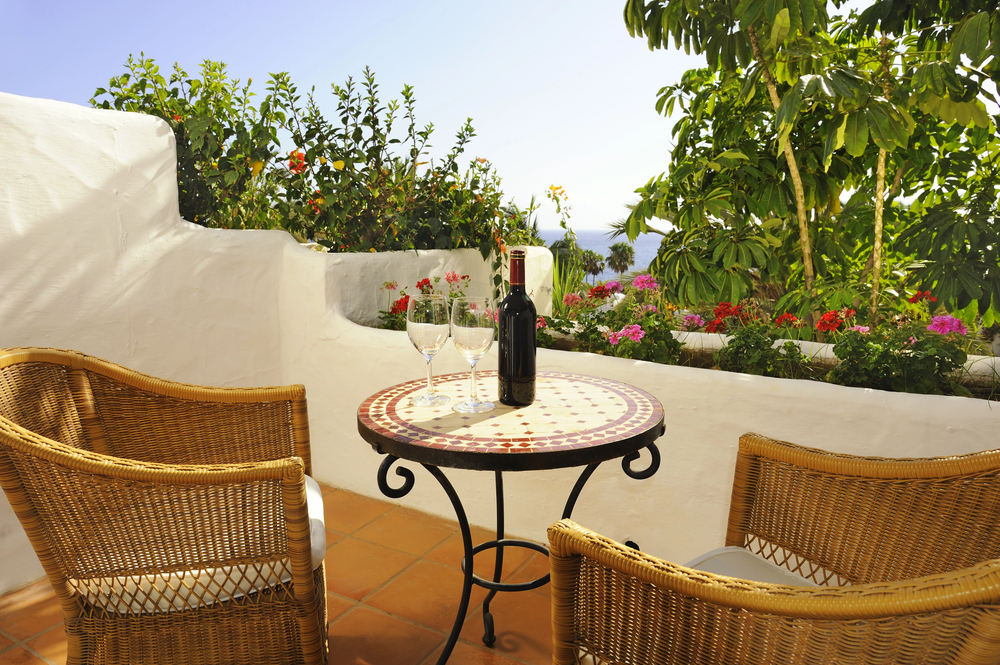
From luxury wine estate lodges to charming guest houses in historic towns, accommodation options abound. Consider splitting your stay between Stellenbosch and Franschhoek to experience both regions fully.
Many wine estates offer on-site accommodation with exclusive tasting privileges. Boutique hotels in restored Cape Dutch buildings provide an authentic historical experience, often including wine cellar tours and tasting masterclasses.
Like Travel Pug’s content? Follow us on MSN.
Tasting Protocol

South African wine tastings typically include 5-6 wines for a modest fee, often waived with bottle purchases. Arrive at estates before 4 p.m. to ensure unhurried tastings. The staff appreciates that guests are genuinely interested in learning about local wines and their production.
Taking notes during tastings is encouraged and can help you remember your favorite wines for future purchases. Many estates offer specialized masterclasses focusing on specific varietals or wine-making techniques.
Food Pairings
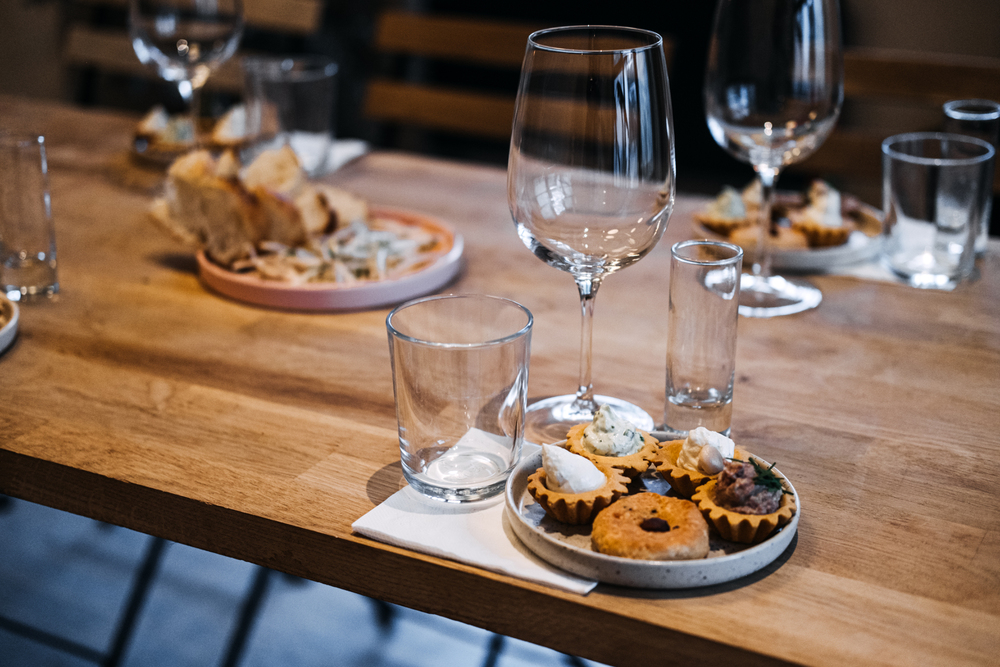
The region’s wine estates often feature exceptional restaurants that showcase local ingredients. Traditional South African braai (barbecue) pairs wonderfully with local reds.
Many estates offer cheese and charcuterie platters designed to complement their wines. Estate chefs frequently incorporate Indigenous ingredients and traditional cooking methods to create unique wine-pairing experienc
Local Varietals
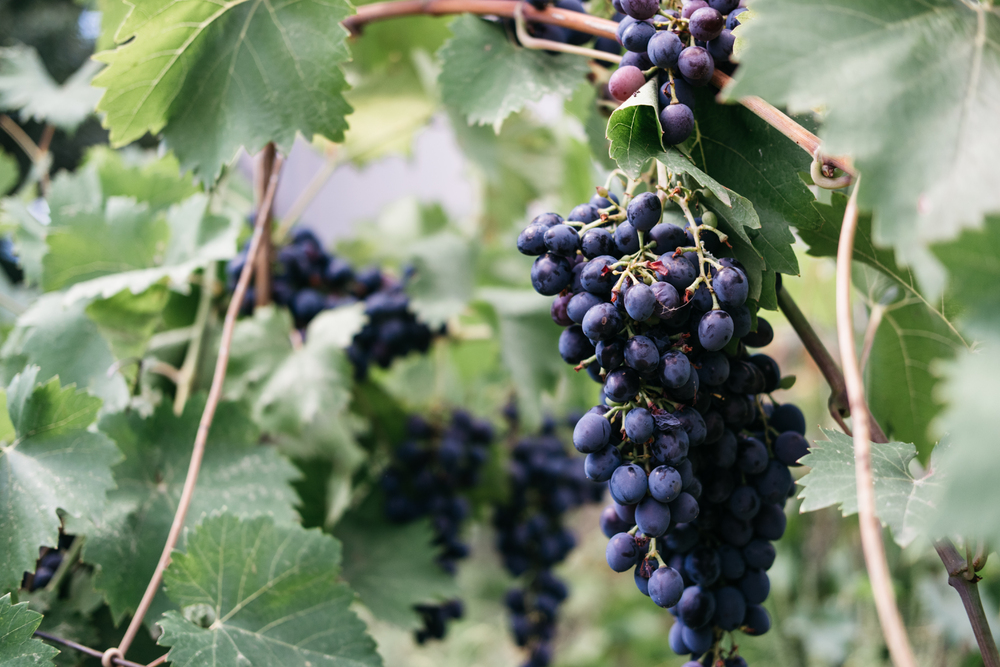
While international varieties thrive here, don’t miss South Africa’s signature Pinotage, a unique cross between Pinot Noir and Cinsault. The region’s Chenin Blanc, locally known as ‘Steen,’ demonstrates remarkable versatility.
Unique terroir-expressions make familiar varieties worth exploring. The coastal influence and varied soils contribute to distinctive mineral notes in many local wines.
Like Travel Pug’s content? Follow us on MSN.
Cultural Experiences
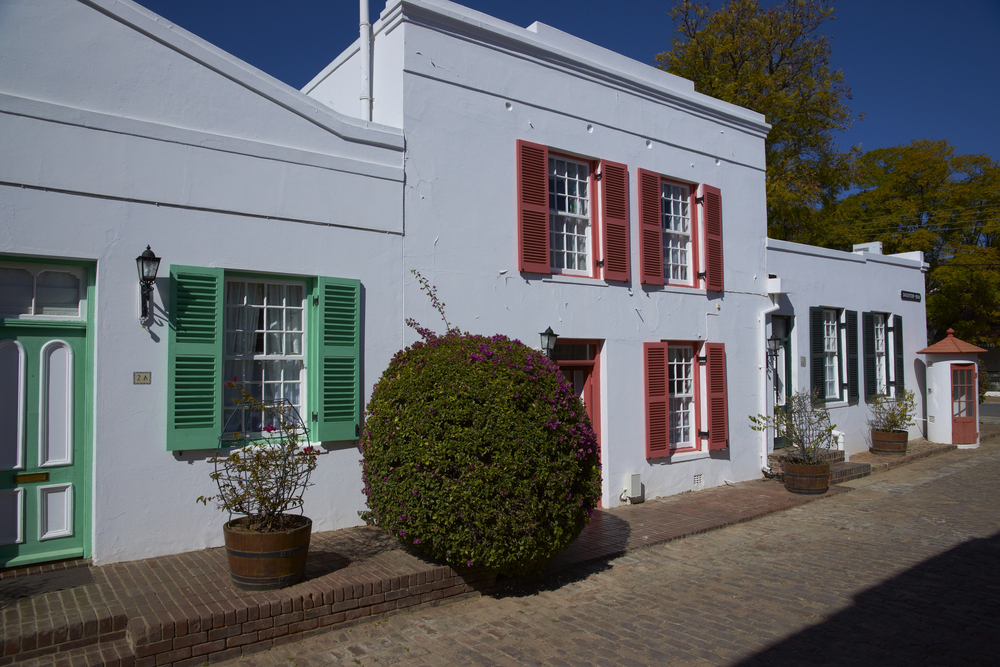
Beyond wine, estates offer insights into Cape Dutch architecture and local history. Many properties feature historic manor houses and museums.
Cultural tours often combine wine tasting with local art galleries and craft workshops. Traditional music and dance performances showcase the region’s diverse cultural heritage.
Weather Preparation

Mountain weather can change rapidly, so pack layers even in summer. Morning tastings often enjoy cooler temperatures, while afternoons can reach 90°F.
Many estates offer both indoor and outdoor tasting spaces depending on weather conditions. Evening temperatures can drop significantly, especially in vineyard locations at higher elevations.
Photography Opportunities
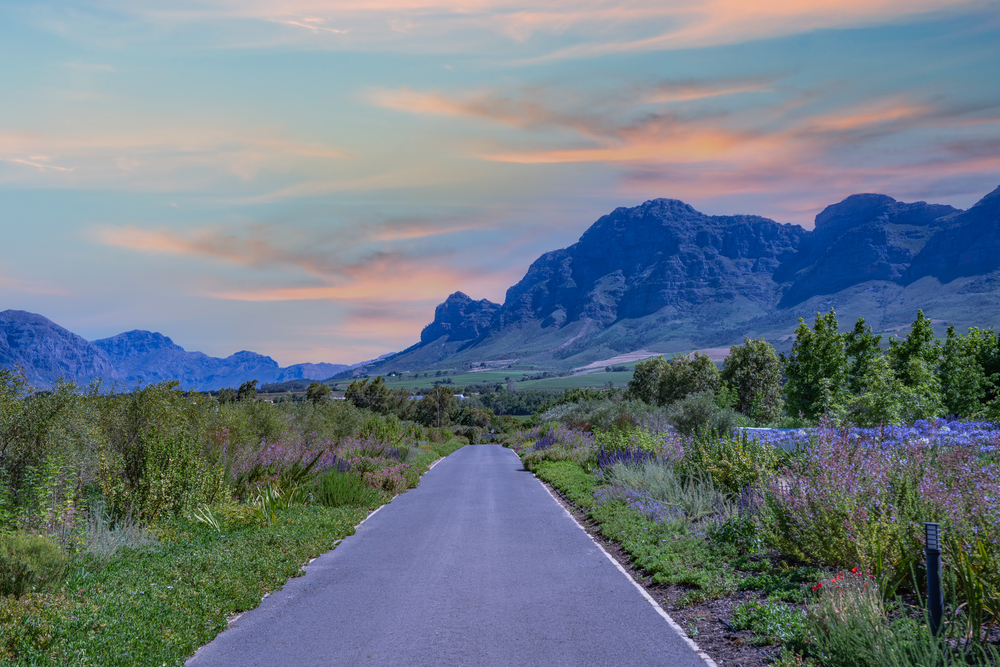
The Cape Winelands offer stunning photo opportunities with vineyard-covered valleys and mountain backdrops. Early morning and late afternoon light creates magical conditions for photography.
Most estates welcome photos, but check policies regarding cellar tours. Seasonal changes in the vineyards provide unique photographic opportunities throughout the year.
Like Travel Pug’s content? Follow us on MSN.
Shopping Strategies
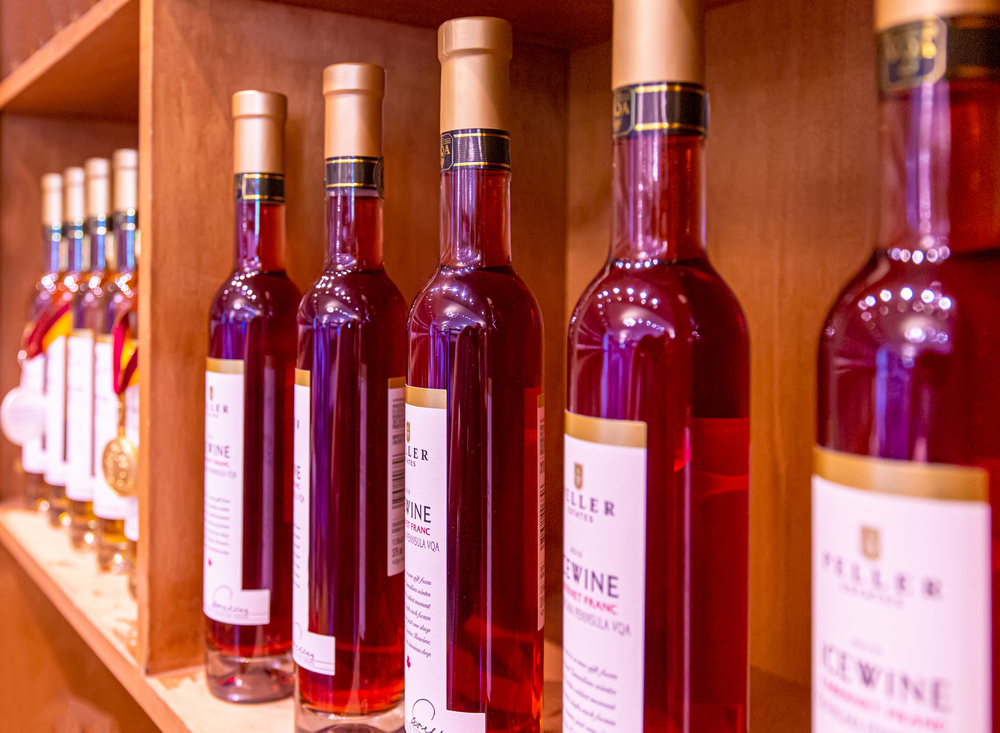
Estate wine prices typically beat local retail, and many wines aren’t available elsewhere. International shipping options vary by estate and destination country. Consider purchasing special bottles, as some premium wines are exclusive to estate visits.
Many estates offer wine clubs providing access to limited-production wines and special events.
Local Customs
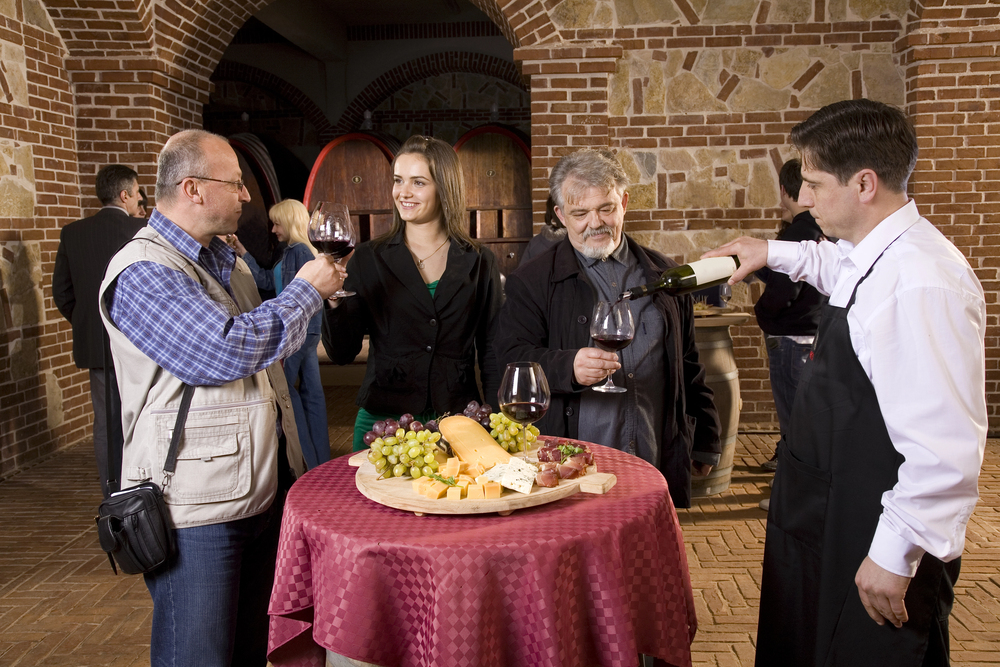
South Africans value punctuality for tastings and dinner reservations. Tipping tasting room staff (10-15%) is appreciated but not mandatory. Greeting staff and fellow guests with a friendly ‘hello’ reflects local hospitality customs.
Learning to say ‘thank you’ in multiple local languages demonstrates respect and often leads to more engaging conversations with staff.
Alternative Activities

Beyond wine tasting, the region offers horseback vineyard tours, hiking trails, and spa treatments. Many estates feature beautiful gardens perfect for picnics. Historical walking tours provide context to the region’s wine heritage.
Cooking classes focusing on traditional Cape cuisine offer hands-on cultural experiences.
Like Travel Pug’s content? Follow us on MSN.
Budget Planning
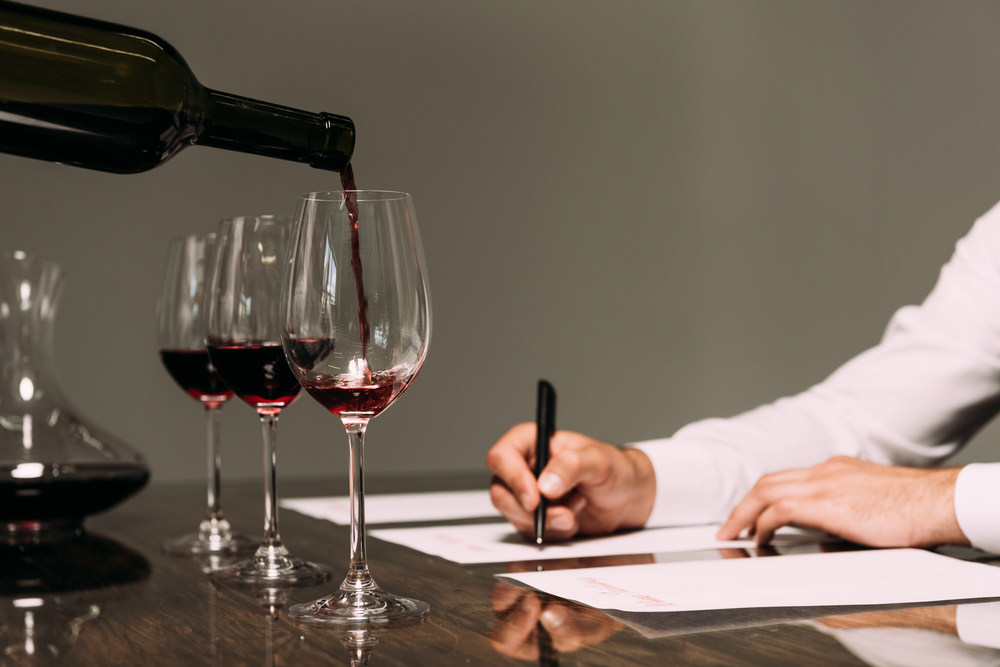
At most estates, tasting fees range from $5 to $15 per person. Premium tastings featuring reserved wines or food pairings cost more. Many estates offer complimentary tastings with reservations or hotel recommendations.
Season passes and multi-estate tasting packages can provide significant savings for extended stays.
Language Basics
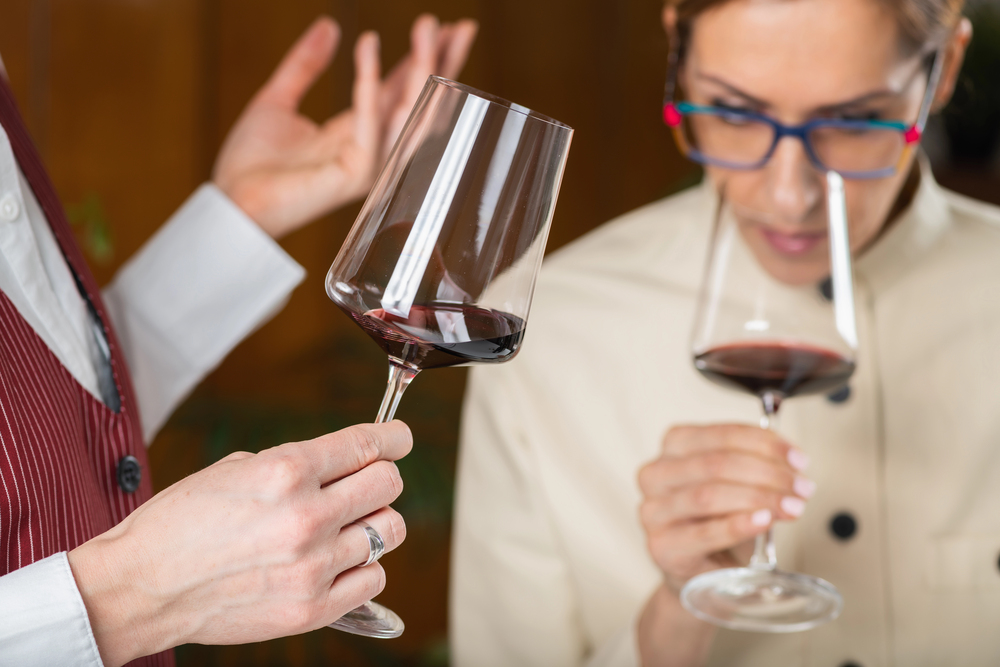
English is largely spoken, yet knowing a few Afrikaans phrases shows respect for local culture. Wine terminology combines the influences of English, Afrikaans, and French. Staff enjoy visitors who relate to the local language and customs.
Regional dialects add flavor to wine-country conversation.
Seasonal Events
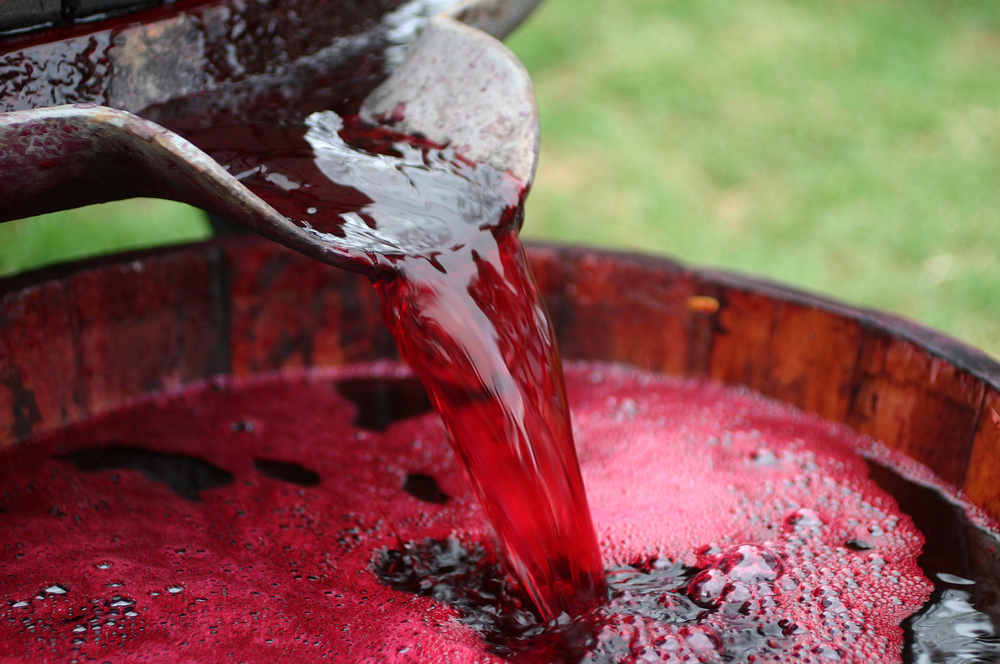
Harvest festivals from January through March showcase traditional wine-making techniques. Food and wine events throughout the year celebrate seasonal produce. Cultural festivals often coincide with major wine region celebrations.
Special vintage releases and barrel tastings provide unique seasonal experiences.
Like Travel Pug’s content? Follow us on MSN.
Health Considerations

High altitude and warm weather require constant hydration between tastings. Many estates offer designated driver programs and water stations. Light meals between tastings help maintain stamina throughout the day.
The region’s strong sun requires sunscreen and hats, particularly during outdoor tastings and vineyard tours.
Hidden Gems
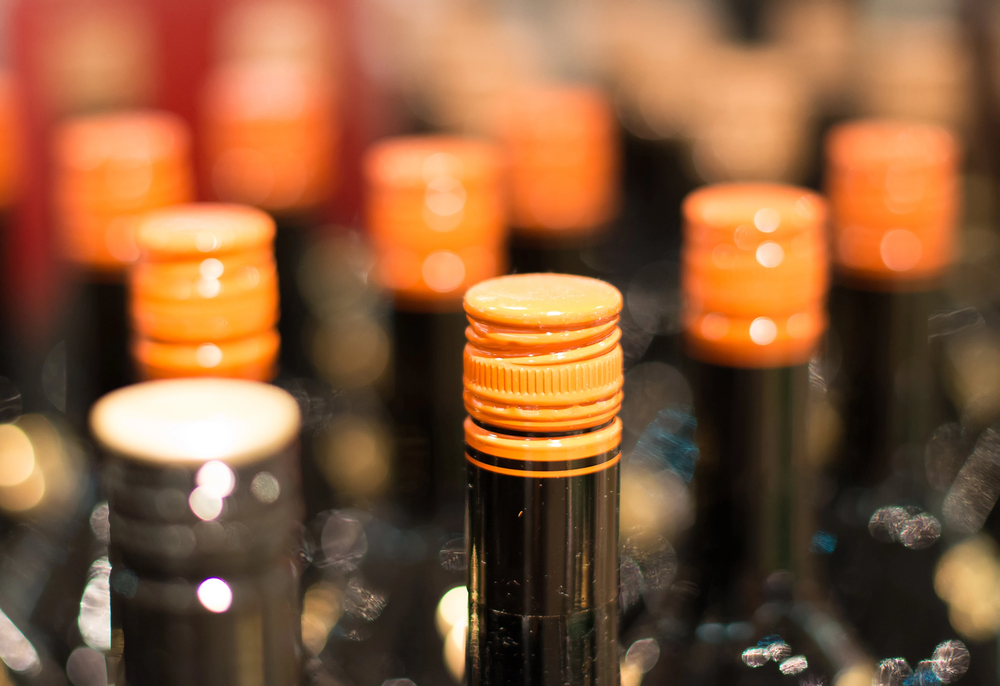
Beyond famous estates, smaller family-run wineries offer intimate tasting experiences. Back roads between major routes reveal undiscovered viewpoints and venues. Local recommendations often lead to memorable, off-the-beaten-path experiences.
Small-batch wine producers frequently offer unique varietals and experimental wines not found at larger estates.
Advance Planning

Book luxury resorts and dining reservations 2-3 months in advance in peak season. Popular lodging tends to sell out from December through March. Shouldering the tourist season may mean fewer crowds and more availability.
Special events or festivals may need to be booked earlier than usual to obtain desired activities.
Like Travel Pug’s content? Follow us on MSN.
Exploring Wine Country Today
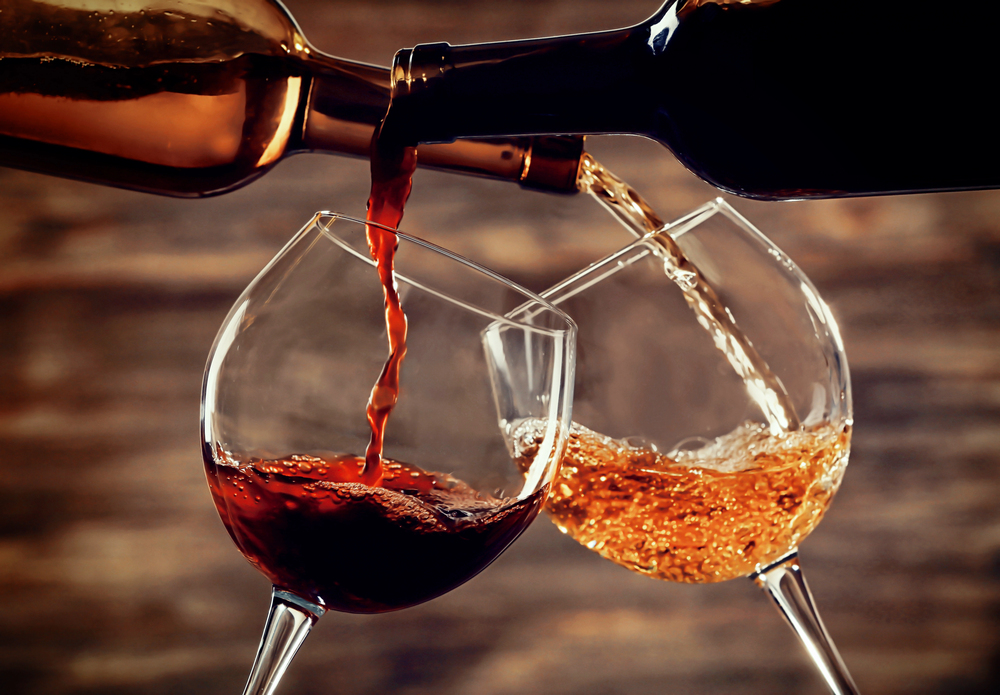
South Africa’s winelands combine centuries-old tradition with modern excellence in winemaking to create an unforgettable destination for wine lovers and cultural enthusiasts. Their hospitality, stunning landscapes, and world-class wines promise memories long after returning home.
If you’re planning your first visit or returning to dig deeper, these tips will help you navigate the best of South African wine country. With each visit, discoveries and experiences abound in the region’s continuously evolving wine culture.
More from Travel Pug

- 15 Dangerous European Cities to Avoid
- 15 Caribbean Islands Where Tourists Keep Getting Scammed
- The 20 Most Fascinating Abandoned Places: A Journey Through Time and Forgotten Spaces
- 15 Hidden Places in the Smithsonian Museums Locals Love: A Guide to Lesser-Known Treasures
- 16 Hidden Florida Beach Towns That Aren’t Overrun with Tourists
Like Travel Pug’s content? Follow us on MSN.
